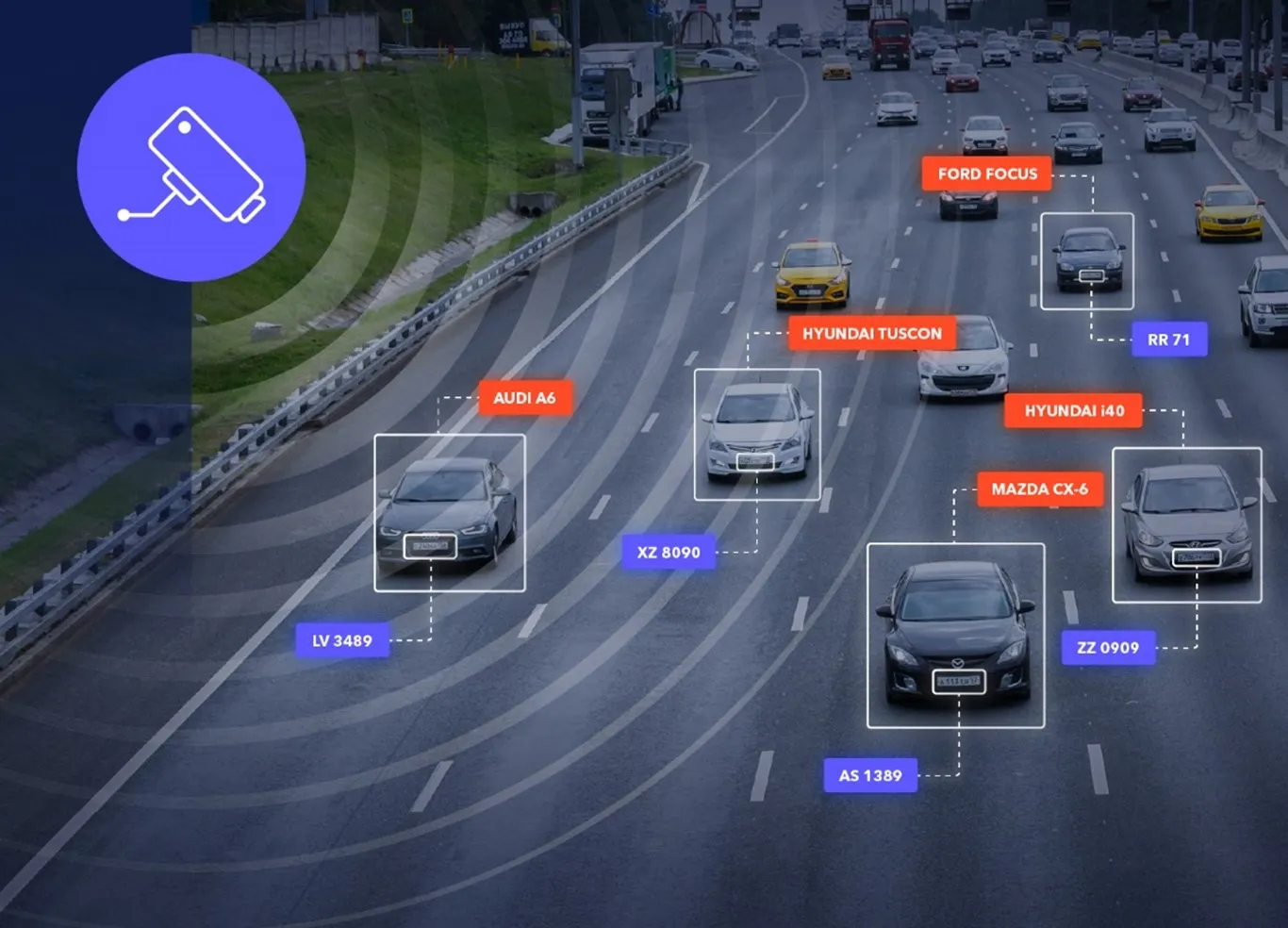Researchers have developed an autonomous mobility scooter which could, in principle, use a scooter to get down the hall and through the lobby of an apartment building, take a golf cart across the building’s parking lot, and pick up an autonomous car on the public roads.
Developed by researchers from MIT’s Computer Science and Artificial Intelligence Laboratory (CSAIL), the National University of Singapore and the Singapore-MIT Alliance for Research and Technology (SMART), the system includes several layers of software: low-level control algorithms that enable a vehicle to respond immediately to changes in its environment, such as a pedestrian darting across its path. It also includes route-planning algorithms; localisation algorithms that the vehicle uses to determine its location on a map; map-building algorithms that it uses to construct the map in the first place; a scheduling algorithm that allocates fleet resources; and an online booking system that allows users to schedule rides.
The researchers had previously used the same sensor configuration and software in trials of autonomous cars and golf carts, so the new trial completes the demonstration of a comprehensive autonomous mobility system.
Using the same control algorithms for all types of vehicles, scooters, golf carts, and city cars, has several advantages. One is that it becomes much more practical to perform reliable analyses of the system’s overall performance.
“If you have a uniform system where all the algorithms are the same, the complexity is much lower than if you have a heterogeneous system where each vehicle does something different,” says Daniela Rus, of the Electrical Engineering and Computer Science at MIT and one of the project’s leaders. “That’s useful for verifying that this multilayer complexity is correct.”
Software uniformity also means that the scheduling algorithm has more flexibility in its allocation of system resources.
“I can see its usefulness in large indoor shopping malls and amusement parks to take [mobility-impaired] people from one spot to another,” says Dan Ding, an associate professor of rehabilitation science and technology at the University of Pittsburgh, about the system.
The researchers described the design of the scooter system and the results of the trial in a paper they presented recently at the IEEE International Conference on Intelligent Transportation Systems in Rio de Janeiro, Brazil.
Driverless-vehicle options now include scooters
Researchers have developed an autonomous mobility scooter which could, in principle, use a scooter to get down the hall and through the lobby of an apartment building, take a golf cart across the building’s parking lot, and pick up an autonomous car on the public roads.
November 9, 2016
Read time: 2 mins










